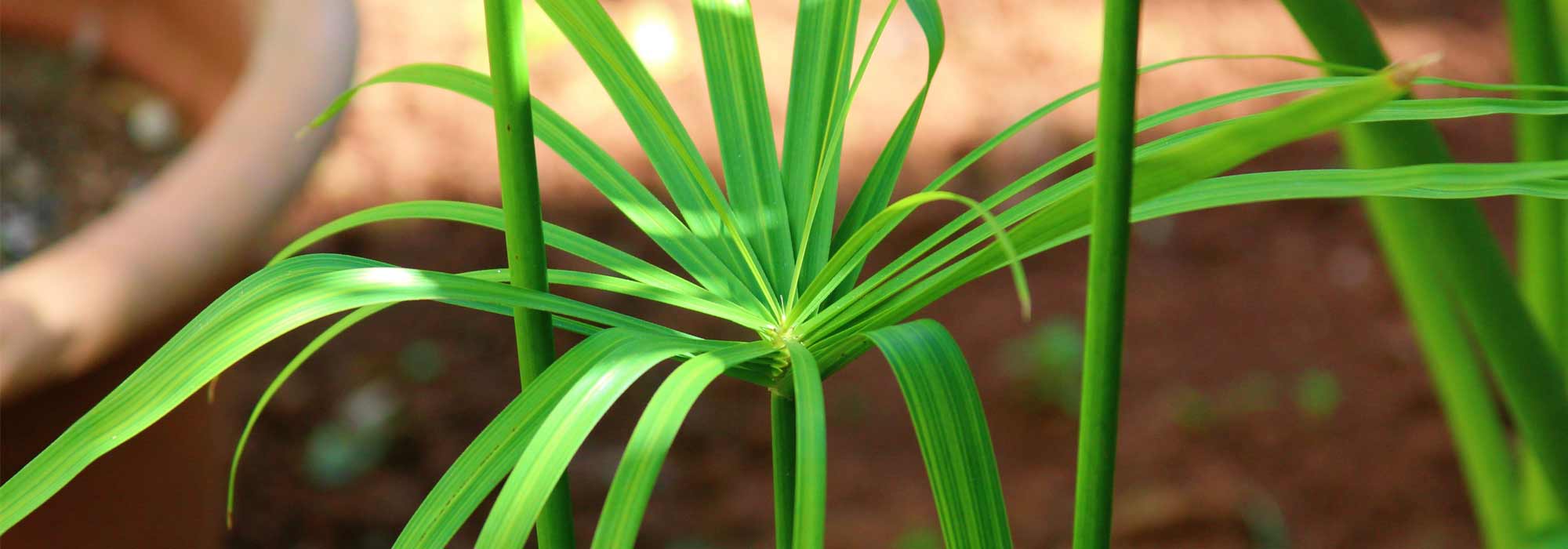
Growing a papyrus in a pot
Everything you need to succeed in growing a papyrus in a pot
Contents
Papyrus is a perennial rhizomatous plant that particularly enjoys wet environments, even flooded ones. In regions with very mild winters, it can be found outdoors along the edges of marshes and ponds. Native to Madagascar and the banks of the Nile, papyrus is not very hardy. As it is sensitive to cold, it is preferable to grow it in a pot in less clement regions. Moreover, some varieties of Cyperus make excellent indoor plants, provided they are given suitable growing conditions. Papyrus can thus be placed in a sheltered spot during winter.
Here are all our tips for growing papyrus in a pot, from planting to wintering!
Potted papyrus: in which regions?
On average, the submerged stump of the Nile papyrus, Cyperus papyrus, and the umbrella plant, Cyperus alternifolius, can withstand temperatures around -4 to -8 °C. Even though the aerial part of the plant does not survive the cold, the papyrus can regenerate in the following spring from its stump.
In France, only coastal regions offer winter temperatures high enough to allow the cultivation of papyrus outdoors all year round. The further one moves away, the harsher the winters become, and the more pot cultivation becomes necessary.
Read also
Papyrus, Cyperus: planting and careWhich papyrus to grow in pots?
Cyperus alternifolius remains the iconic papyrus for pot culture. Native to Madagascar, this semi-aquatic plant is less demanding in terms of moisture than its Egyptian cousin, Cyperus papyrus. It is also less imposing and easier to grow indoors, in a submerged container in a pool of water.
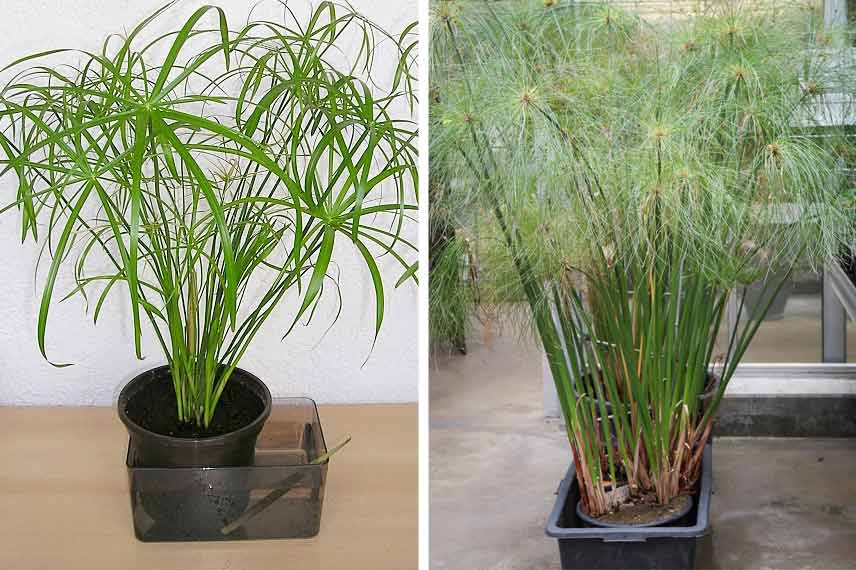
Cyperus alternifolius and Cyperus papyrus © Maja Dumat – Flickr
However, new cultivars of Nile papyrus, including ‘Cleopatra’ and ‘Akhenaton’, offer a more compact habit and accept pot culture more readily. Thus, Cyperus papyrus ‘Cleopatra’ is a dwarf variety at 50 cm tall that can be grown in a container submerged in a bucket of water. Similarly, Cyperus papyrus ‘Akhenaton’ is slightly more vigorous than ‘Cleopatra’ at 70 cm in height. It can also be grown indoors as a green plant.
Discover other Cyperus
View all →Available in 2 sizes
Available in 1 sizes
Available in 2 sizes
Available in 1 sizes
Available in 1 sizes
Available in 1 sizes
Available in 1 sizes
Available in 1 sizes
Available in 2 sizes
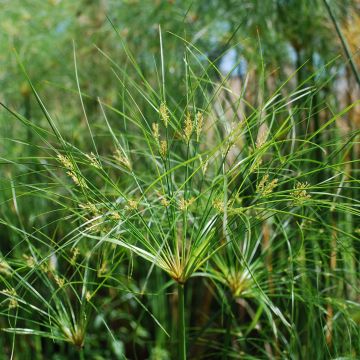
Available in 1 sizes
What type of pot should be used for a papyrus?
The development of the clump is very rapid and requires a container that is large enough. Therefore, plan for a pot of at least 25 cm in diameter to grow your papyrus. If your pot has a drainage hole, block it to retain moisture and prevent the substrate from escaping.
Cyperus alternifolius and Cyperus papyrus can be placed in a water-retaining tray or in a cache-pot (made of zinc or enamel), without risking root rot. These types of containers allow them to thrive with their feet in water, which is ideal for them as marsh plants.
Read also
How to divide papyrus or Cyperus?What substrate to use?
In a pot, grow papyrus in a substrate made of a mixture of potting soil and clay or loamy garden soil, all supplemented with a bit of compost or ground horn powder.
Also, plan for a layer of clay balls to be placed at the bottom of the pot before adding the substrate above.
When and how to plant a papyrus in a pot?
Potting papyrus is preferably done in spring.

Clumps and roots of Cyperus papyrus © Maja Dumat – Flickr
- First, install the clay balls, followed by a layer of substrate.
- Place the young plant of papyrus in the centre of the pot, ensuring that the collar is level with the top surface of the pot.
- Fill in the rest of the substrate, sliding it well around the young plant.
- Firm the substrate around the collar.
- Set the pot in a deep saucer filled with water.
- Water generously.
Note: Papyrus should be repotted into a larger container every two years, in spring.
Where to place potted papyrus in the summer?
Take your potted papyrus out during the beautiful season, that is, from spring to early autumn, between April-May and October.
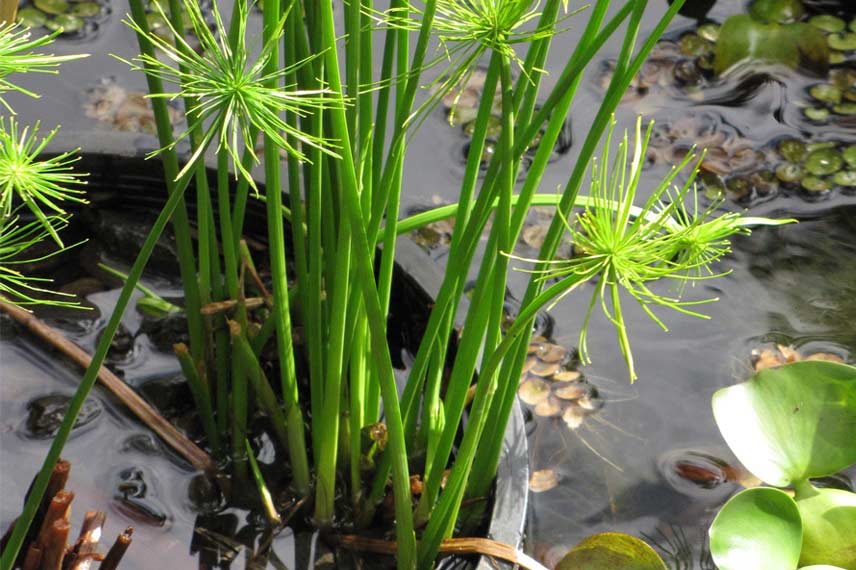
Cyperus papyrus © Forest and Kim Starr – Flickr
The plant can then be placed on a terrace, a balcony, or in a garden. Ideally, it should be positioned at the edge of a pond, or submerged with its pot at a shallow depth in the latter.
→ Our tip: even during dry periods, papyrus can look stunning on your terrace! Plant them in a large pot without a drainage hole that you will fill with water approximately every 10 days. Place them in a spot where they will be shaded during the hottest hours and enjoy their rapid growth and unmatched exotic presence!
What about watering and fertiliser?
Papyrus is a semi-aquatic plant, and its substrate must remain consistently moist, even if you do not allow water to stagnate in the saucer.
From April to the end of September, provide liquid fertiliser specifically for green plants twice a month to your potted papyrus placed indoors or on the terrace.
When to bring the pot indoors in autumn?
Bring your pots of papyrus indoors in autumn, as soon as the first frosts are forecast. Place them preferably in a well-lit room, but cool, or not heated at all. Even in winter, the pot should remain submerged in water.
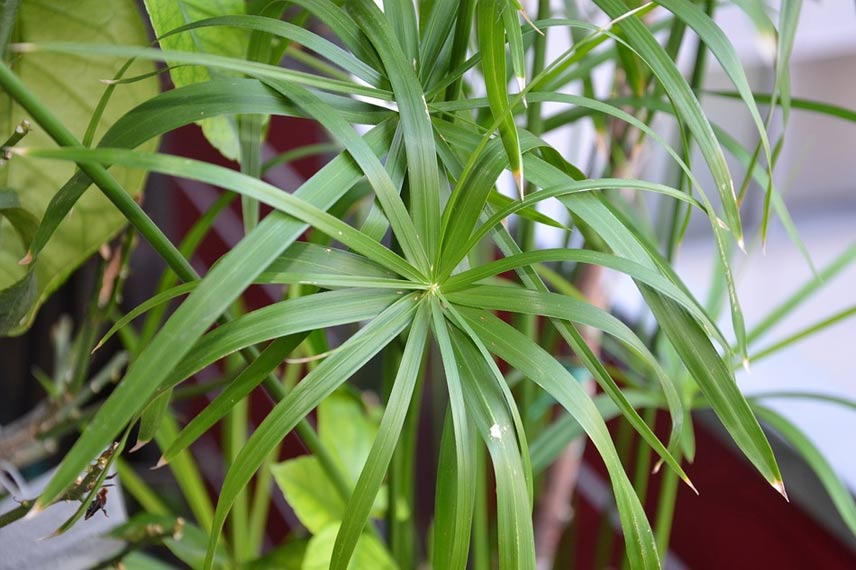
If you install it inside your home, remember to mist the foliage occasionally to help it cope with the dry atmosphere. To prevent it from becoming leggy, place the potted papyrus in a very bright room, preferably near a well-exposed window. However, be careful that the sun does not cause burns on its foliage through the glass.
Watch out for whiteflies and red spider mites that thrive in dry, warm conditions.
When to take the potted papyrus outside in spring?
You can bring out your papyrus pots from April, provided that you wait until the end of frosts.
Be careful, a plant that has been wintered indoors, whether in a greenhouse or a home, must be gradually re-acclimatised to the outdoors. So proceed in stages to avoid burning its foliage.
- Subscribe!
- Contents
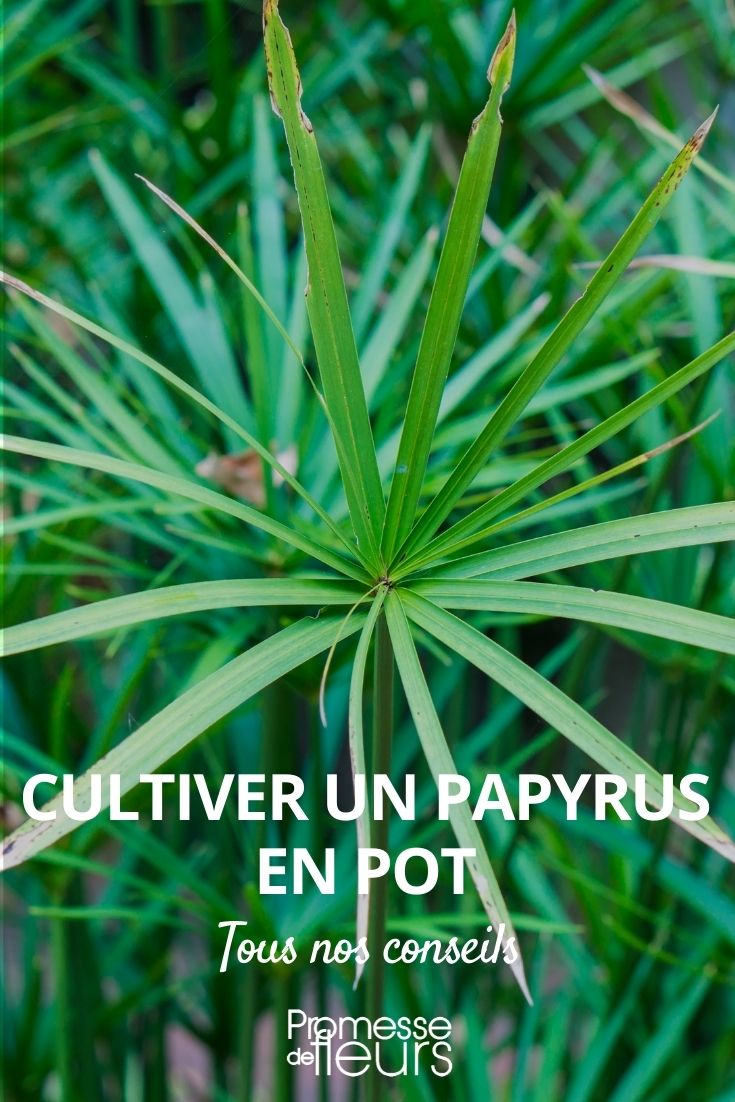































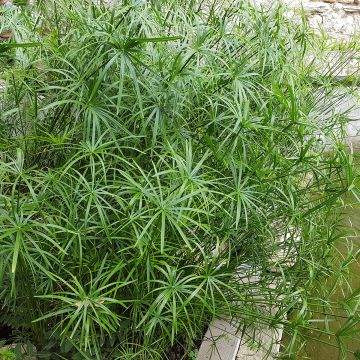

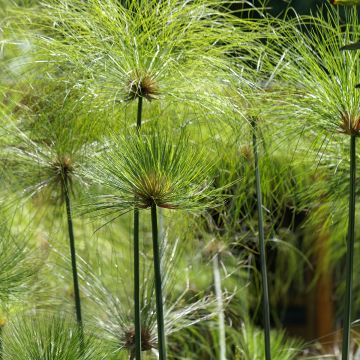
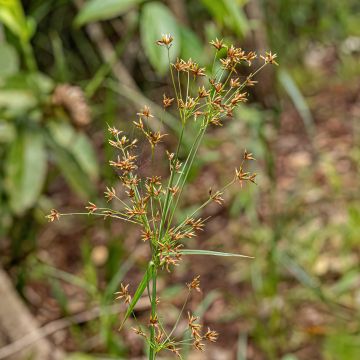
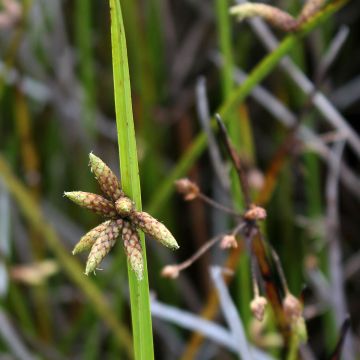
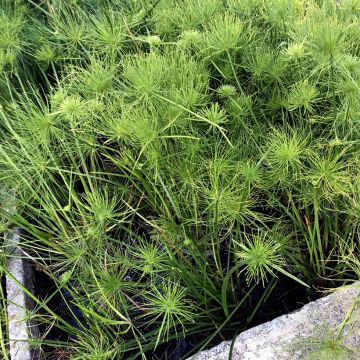

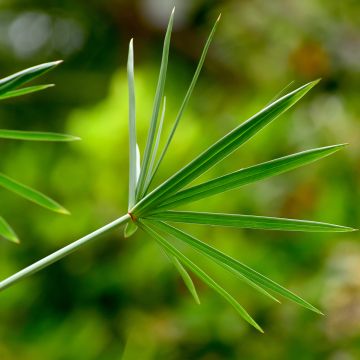

Comments